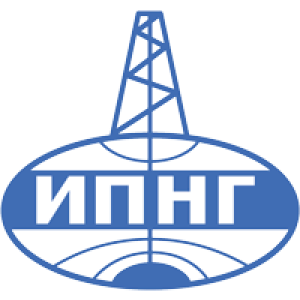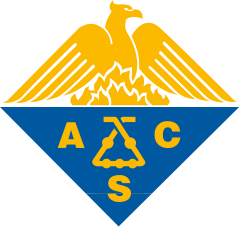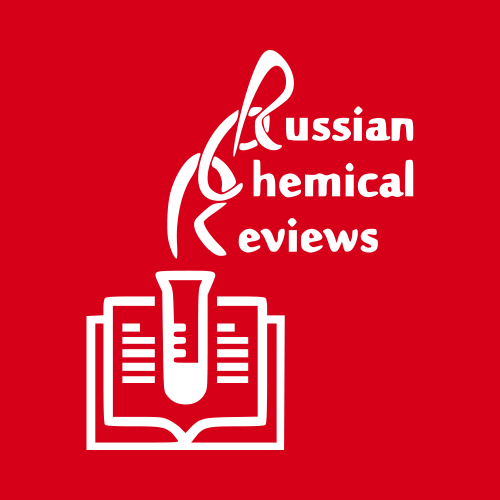Hydrophobic Polyhedral Oligomeric Silsesquioxane Support Enhanced Methanol Production from CO2 Hydrogenation
The abundance of CO2 from the cement industry, power generation, petroleum production, and combustion of biomass makes it a readily available feedstock to produce chemicals and materials, although it has yet to achieve optimal development. Even though syngas (CO + H2) hydrogenation to methanol is an established industrial process, when the same catalytic system based on Cu/ZnO/Al2O3 is employed with CO2, the water formed as a byproduct reduces the activity, stability, and selectivity of the process. Here, we explored the potential of phenyl polyhedral oligomeric silsesquioxane (POSS) as a hydrophobic support of Cu/ZnO for direct CO2 hydrogenation to methanol. Mild calcination of the copper–zinc-impregnated POSS material affords the formation of CuZn-POSS nanoparticles with Cu and ZnO homogeneously dispersed with an average particle size of 7 and 15 nm supported on O-POSS and D-POSS, respectively. The composite supported on D-POSS was able to reach a 3.8% yield of methanol with a 4.4% of CO2 conversion and with selectivity as high as 87.5% within 18 h. The structural investigation of the catalytic system reveals that CuO/ZnO are electron withdrawers in the presence of the siloxane cage of POSS. The catalytic system metal-POSS is stable and recyclable under H2 reduction and CO2/H2 conditions. We tested the use of microbatch reactors in heterogeneous reactions as a rapid and effective tool for catalyst screening. The increased number of phenyls in the structure of POSS results in an increased hydrophobic character that plays a decisive role in the methanol formation after comparison with CuO/ZnO supported on reduced graphene oxide with 0% selectivity to methanol under the study conditions. The materials were characterized using scanning electron microscopy, transmission electron microscopy, attenuated total reflection Fourier transform infrared spectroscopy, X-ray photoelectron spectroscopy, powder X-ray diffraction, Fourier transform infrared analysis, Brunauer–Emmett–Teller specific surface area analysis, contact angle, and thermogravimetry. The gaseous products were characterized by gas chromatography coupled with thermal conductivity detectors and flame ionization detectors.
Top-30
Journals
|
1
2
|
|
|
ACS applied materials & interfaces
2 publications, 16.67%
|
|
|
Industrial & Engineering Chemistry Research
2 publications, 16.67%
|
|
|
ACS Omega
1 publication, 8.33%
|
|
|
Journal of Vinyl and Additive Technology
1 publication, 8.33%
|
|
|
Russian Chemical Reviews
1 publication, 8.33%
|
|
|
Molecular Catalysis
1 publication, 8.33%
|
|
|
Carbon
1 publication, 8.33%
|
|
|
Advanced Powder Technology
1 publication, 8.33%
|
|
|
Chemical Reviews
1 publication, 8.33%
|
|
|
Green Chemical Engineering
1 publication, 8.33%
|
|
|
1
2
|
Publishers
|
1
2
3
4
5
6
|
|
|
American Chemical Society (ACS)
6 publications, 50%
|
|
|
Elsevier
4 publications, 33.33%
|
|
|
Wiley
1 publication, 8.33%
|
|
|
Autonomous Non-profit Organization Editorial Board of the journal Uspekhi Khimii
1 publication, 8.33%
|
|
|
1
2
3
4
5
6
|
- We do not take into account publications without a DOI.
- Statistics recalculated weekly.










